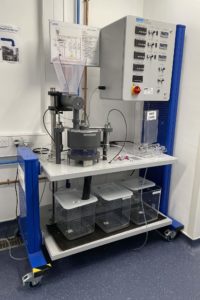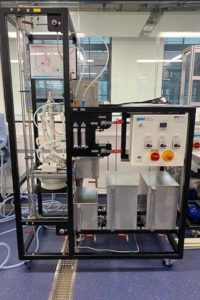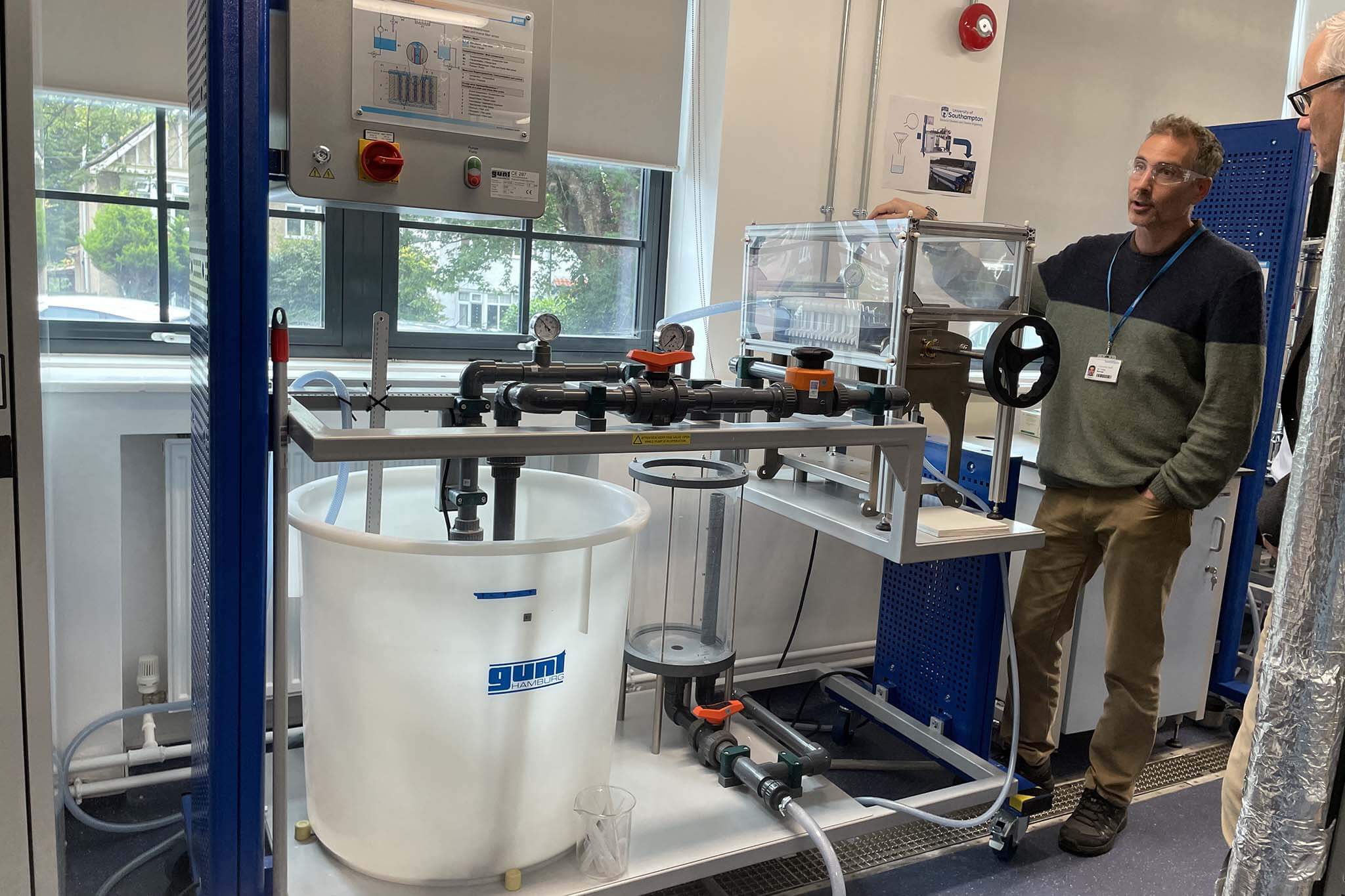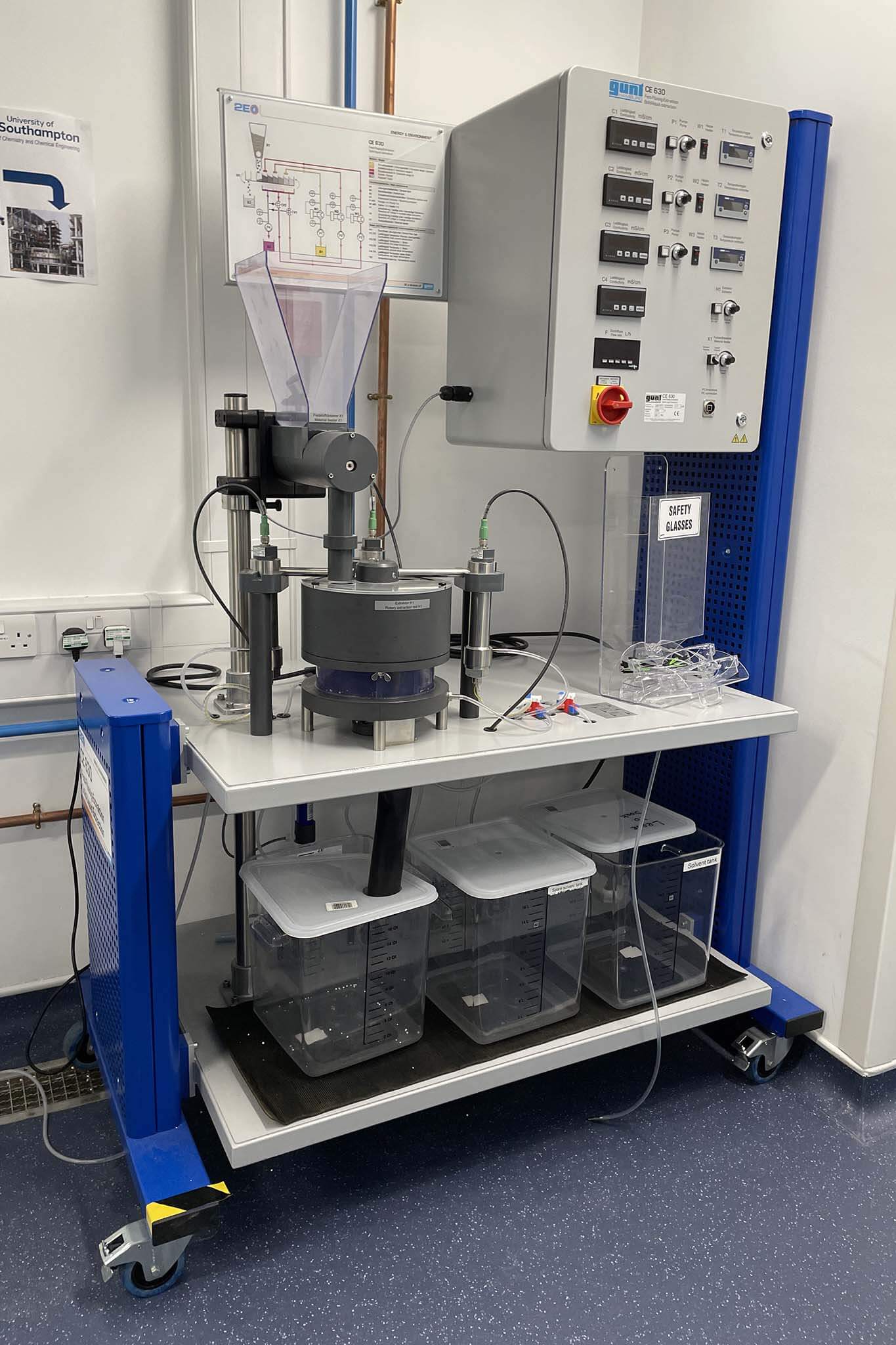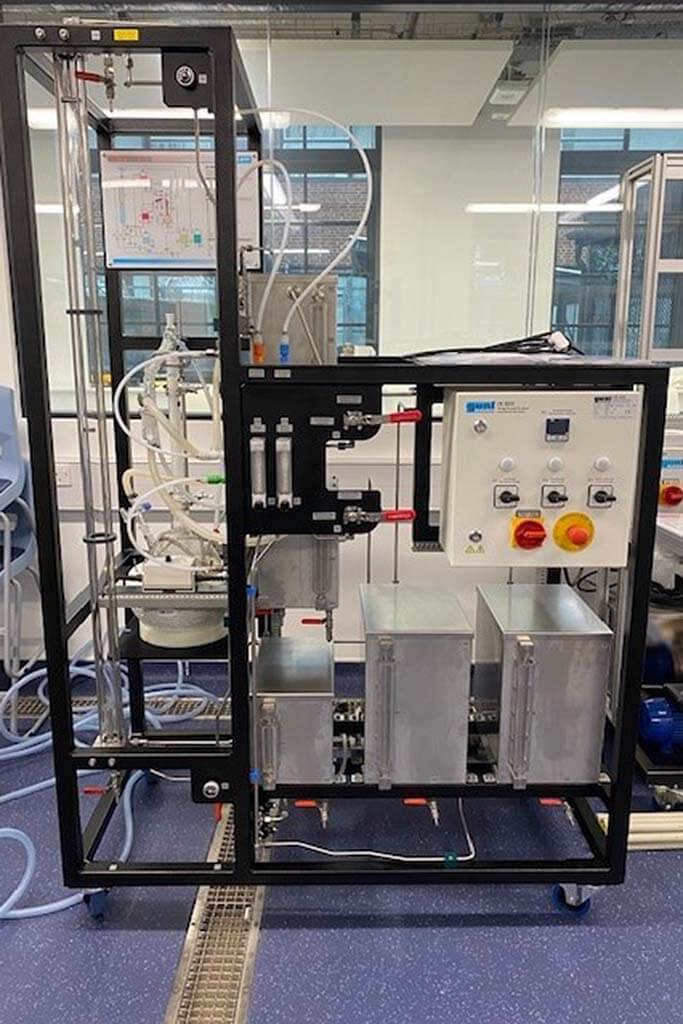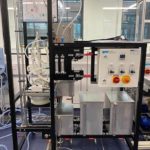
University of Southampton
Brand New Chemical Engineering Lab
The University of Southampton is a public research university in Southampton, England. It has seven campuses, five in Southampton itself, one based in nearby Winchester and an international branch in Malaysia offering courses in Engineering. The University of Southampton is the largest university by higher education students in the southeast region of the UK and it is ranked in the top 100 universities in the world.
The Challenge
In 2019 The University of Southampton allocated £5.3m to provide state-of-the art teaching facilities to support the University’s new Chemical Engineering programmes.
GUNT Technology Limited was successful in providing 8 different pieces of equipment to outfit the new teaching lab facilities that were being constructed on the site of the former Chemistry stores.
Together with the University and Rekan, the construction consultants, we carefully made plans on how to move the project forward to build the new lab facilities.
The Solution
GUNT Technology Limited worked closely with the University to select and install 8 pieces of engineering kit and work out where it should all be placed. Meanwhile Rekan were building walls and installing windows and flooring to create the lab; taking into consideration power sockets, water outlets and other infrastructure needed to operate the equipment.
Today the newly built teaching facilities are a top spec, highly functional Chemical Engineering laboratory, a virtual control room and computing, design and study spaces.
The lab allows students to put theoretical concepts learnt in lectures into practical use, whilst also improving their understanding of their own experiments.
Benefits
- Brand new equipment for new lab
- Complete refurbishment of old Chemistry Stores
- New Chemical Engineering courses to increase student intake
- Open to students and organisations
To read more about The University of Southampton’s new chemical engineering facilities, visit their news page here.
Download as PDF
Download this Case Study as a PDF


